Humidifiers: Benefits, Types, Working Principles, and More
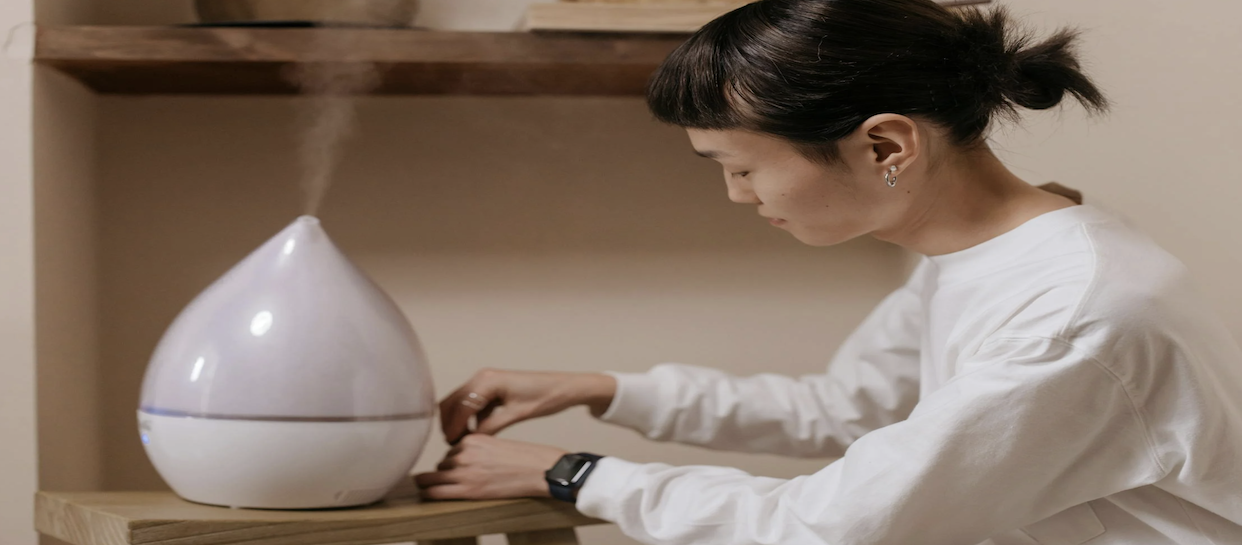
Who doesn’t like waking up to a refreshed, hydrated home interior with a breathable and soothing ambience? If you are someone who suffers from dry air that steals your comfort and health, let us give you the best home appliance you should purchase right away. Humidifiers are the one must-have appliance that restores optimal moisture levels in the air, ensuring a healthier and more comfortable living space.
These simple devices can greatly influence indoor air quality, thereby contributing to your health and comfort. Their benefits range from easing respiratory issues to maintaining optimal skin hydration and protecting wooden furniture. In this blog, we will explore everything about humidifiers, their benefits, types, how they work, and a lot more, helping you make informed decisions about choosing the right one for your living space.
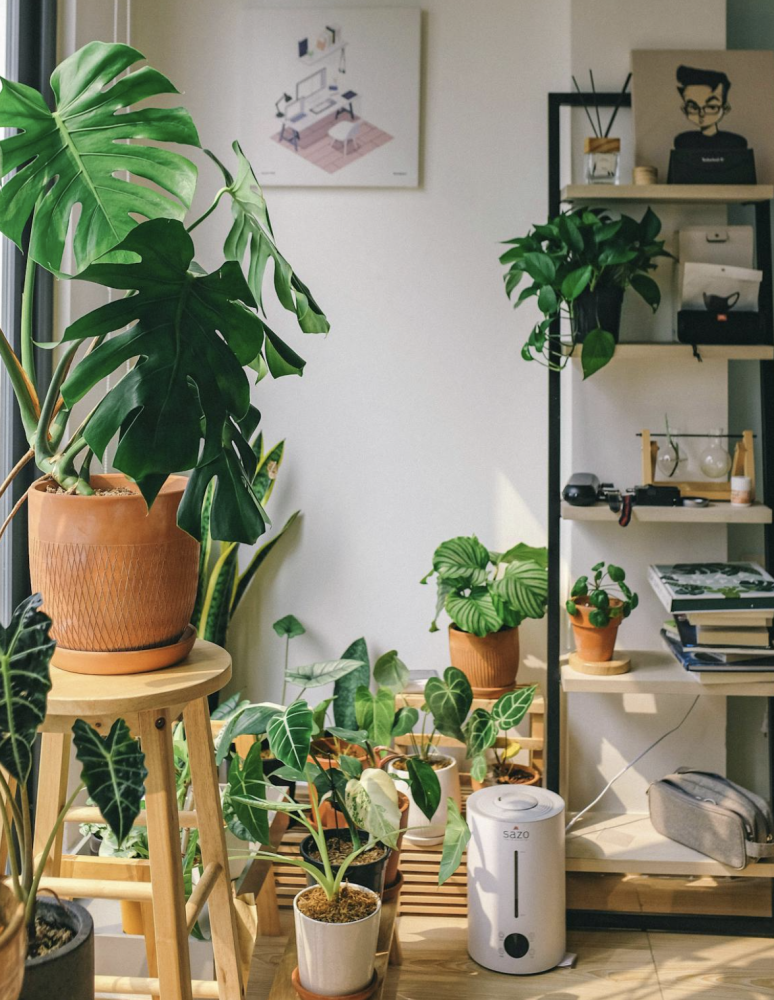
What Are Humidifiers?
Before deciding to purchase one for your space, it is essential to understand what humidifiers are, their functions, and their benefits. Humidifiers are devices used to increase the moisture levels within an enclosed area. In other words, they are devices that release water vapour into the air and increase the moisture level inside the room to combat indoor dryness.
By preventing air dryness, humidifiers help eliminate a range of potential issues, including irritation to the skin, throat, and respiratory passages. It also helps make interiors safer and more comfortable, especially during dry weather or in heated environments.
Read more about:
- How to Choose the Right Power Bank for Your Devices
- Blender vs. Food Processor: What's the Difference?
- Best Cooling Appliances to Beat Qatar’s Summer Heat
What Can I Use a Humidifier for?
Beyond moisturising the air, humidifiers are widely applicable for a range of purposes. Some of these include relieving the following conditions:
-
Cold and flu
-
Allergies
-
Eczema
-
Dry skin
-
Sinus
-
Nose irritation
-
Dry throat
-
Irritated vocal cords
-
Dry cough
-
Cracked lips
Working Principle of an Air Humidifier
Air humidifiers are available in varying types, all of which function differently. However, the basic working principle of humidifiers is the same, i.e., by forcing vapour mist into the air. Let us explore the working mechanism of the major types of air humidifiers:
-
Central humidifiers, being connected to the HVAC system of the building, distribute moisture to maintain the humidity level.
-
Steam vapourisers work by boiling water to produce steam, which is then cooled slightly and then released into the air.
-
Ultrasonic humidifiers make use of high-frequency vibrations to convert water into mist, which is then released into the air.
-
An impeller humidifier uses a rotating disc to fling water at a diffuser, breaking the water into fine droplets.
-
Evaporative humidifiers increase humidity by using a fan to blow air over a moistened wick. This process causes water to evaporate and increases the moisture content in the surrounding air.
What Are the Benefits of a Humidifier?
Here are some of the benefits of humidifiers:
-
Eliminating Respiratory Issues: When the air lacks adequate moisture, it can dry out the nasal passages, throat, and lungs. This potentially leads to irritation, congestion, and worsening symptoms of respiratory problems. By adding humidity to the air, humidifiers yield the best benefits for those suffering from respiratory discomfort, including asthma, allergies, or colds.
-
Skin Hydration: Dry air often becomes the cause of a range of skin problems and leads to flaking, itching, or even aggravated conditions such as eczema. By maintaining the required humidity inside the room, humidifiers help retain skin moisture. This becomes especially beneficial in winter when there is excessively low humidity.
-
Promotes a Healthy Sleep Environment: Humidifiers are also helpful in creating a healthy sleep environment. They reduce snoring caused by dry airways and prevent the throat from drying out overnight. This promotes a more restful and healthy sleep pattern.
-
Reduced Chances of Airborne Viruses and Bacteria: By maintaining optimal indoor humidity, humidifiers can lower the survival rate of airborne bacteria and viruses. Moreover, by keeping the respiratory tract moist, these devices help reduce one’s susceptibility to these infections.
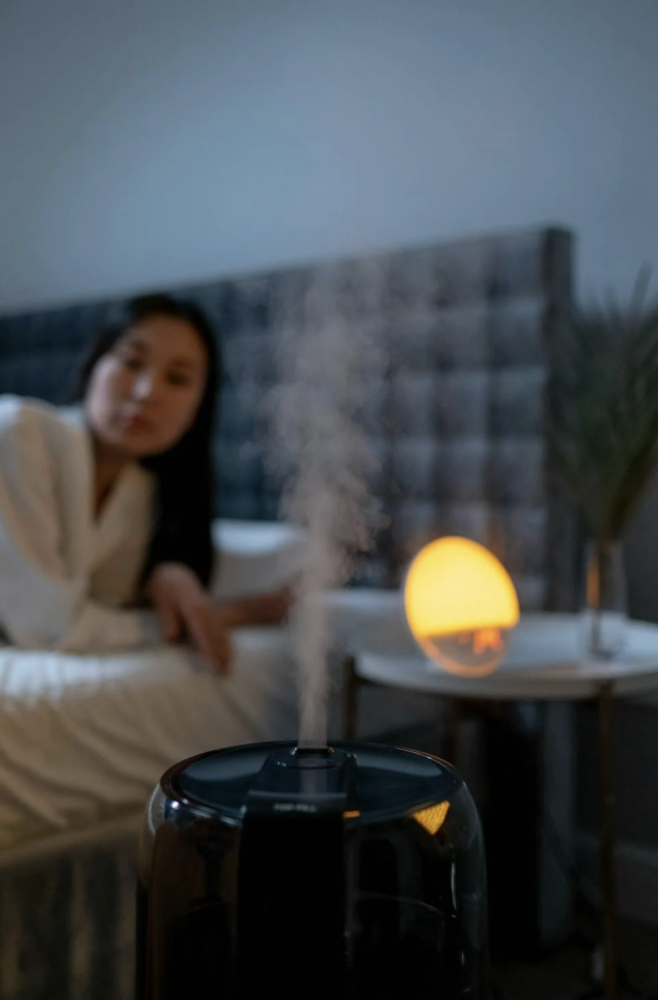
What Are the Different Types of Humidifiers?
Air humidifiers are available in diverse types. Let us examine in detail some of the major types of humidifiers:
-
Central Humidifier: Central humidifiers are devices that are directly integrated into the home’s central heating and cooling system and are used to humidify the entire house. They function by distributing water vapour through the home’s HVAC (heating, ventilation, and air conditioning) system.
They are useful in maintaining an optimal level of moisture in the house and require minimal maintenance. Central humidifiers are further classified into different types, including:
-
Bypass humidifiers
-
Fan-powered humidifiers
-
Steam humidifiers
-
Steam Vapouriser: Steam vapourisers are also known as warm mist humidifiers. They function by boiling water to create steam, which is then released into the air as warm mist. These devices are effective at quickly raising humidity levels and can help relieve respiratory symptoms, such as nasal congestion, dry throat, and sinus irritation.
Steam vapourisers are generally less expensive and less prone to bacterial or mould contamination. However, due to the presence of hot steam and boiling water, these devices can cause burns if mishandled.

-
Ultrasonic Humidifier: Ultrasonic humidifiers, also known as cool-mist humidifiers, make use of high-frequency sound waves to turn water into cool mist. They are then released into the air to add moisture and increase humidity levels.
Ultrasonic humidifiers are quiet, energy-efficient devices. Moreover, due to their
straightforward and risk-free mechanism, these devices are ideal for households with children.
-
Impeller Humidifier: Impeller humidifiers are also a type of cool-mist humidifier that uses a rotating disc (impeller) with small blades to fling water at a diffuser. The diffuser breaks water into tiny droplets, which are then released into the air as a cool mist. These humidifiers require regular cleaning to prevent the growth of bacteria and mould.
-
Evaporator: Evaporators are one of the most commonly used humidifiers. They consist of a water reservoir, a wick, and a fan. The fan blows air through the wick, causing the water to evaporate and humidify the air. These devices are simple and safe to use, but regular maintenance is essential to prevent mould growth in the wick.
You may also like to read:
- Why Dishwasher is a Must Accessory in the Kitchen
- Best Smartphones for Students – Top Picks for 2025
- Is Air Fryer Healthy? Healthy or Hype? Weighing the Benefits & Risks
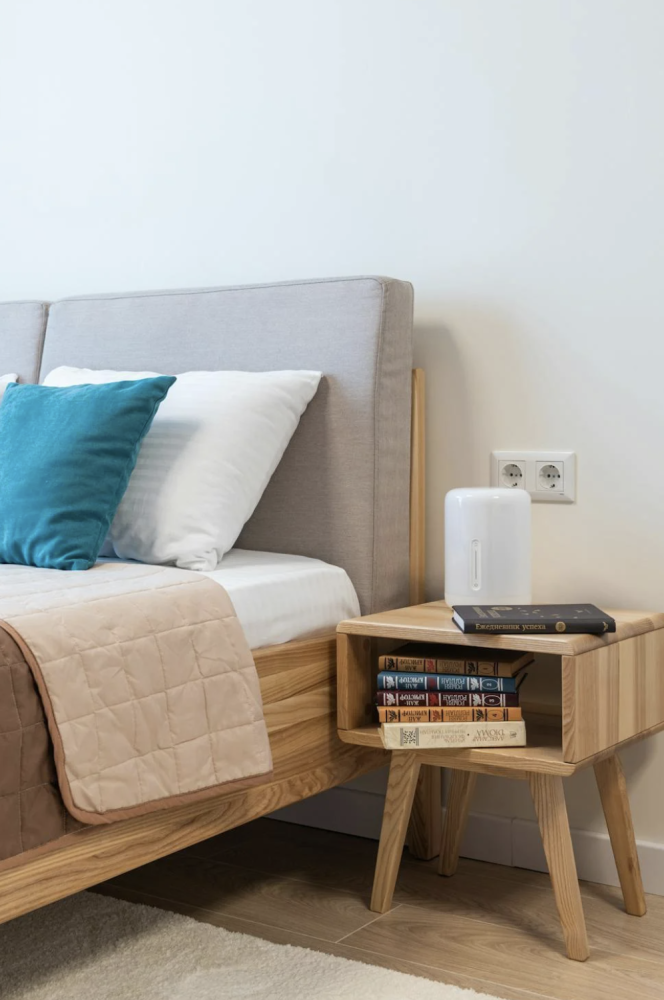
How Often Should You Use a Humidifier?
The frequency of humidifier use primarily depends on the level of humidity required for a comfortable interior space. These devices are more useful during the winter when the moisture level in the air is relatively low.
It is important to note that too much humidity in the air can also cause a range of health conditions, especially respiratory issues. The optimal indoor humidity level should be between 30% and 50%. If the humidity falls below this range, it’s a good time to use a humidifier.
How to Clean and Maintain Your Humidifier?
Like any other gadget, humidifiers also require regular maintenance. Proper cleaning and regular maintenance are essential to ensure safe and optimal operation. Here are some tips you can follow when using and maintaining your device:
-
Regular Cleaning: Regular cleaning is the way to prevent the formation of bacteria and mould that can otherwise lead to a range of health issues. According to the Environmental Protection Agency (EPA), it is best to clean humidifiers every 3 days.
-
Disinfect Regularly: Apart from cleaning, it is always important to disinfect your humidifier to remove all bacteria and mould buildup. Use a 3% hydrogen peroxide solution to thoroughly clean all the parts of the device.
-
Replace the Filter: For humidifiers that use a filter system, it is important to replace the filter regularly, typically every 6 months or as recommended by the manufacturer, to maintain optimal performance and air quality.
-
Place the Device Away from the Bed: It is recommended to keep the humidifier several feet away from the bed to promote better air circulation and prevent over-humidification, damp bedding, and condensation.
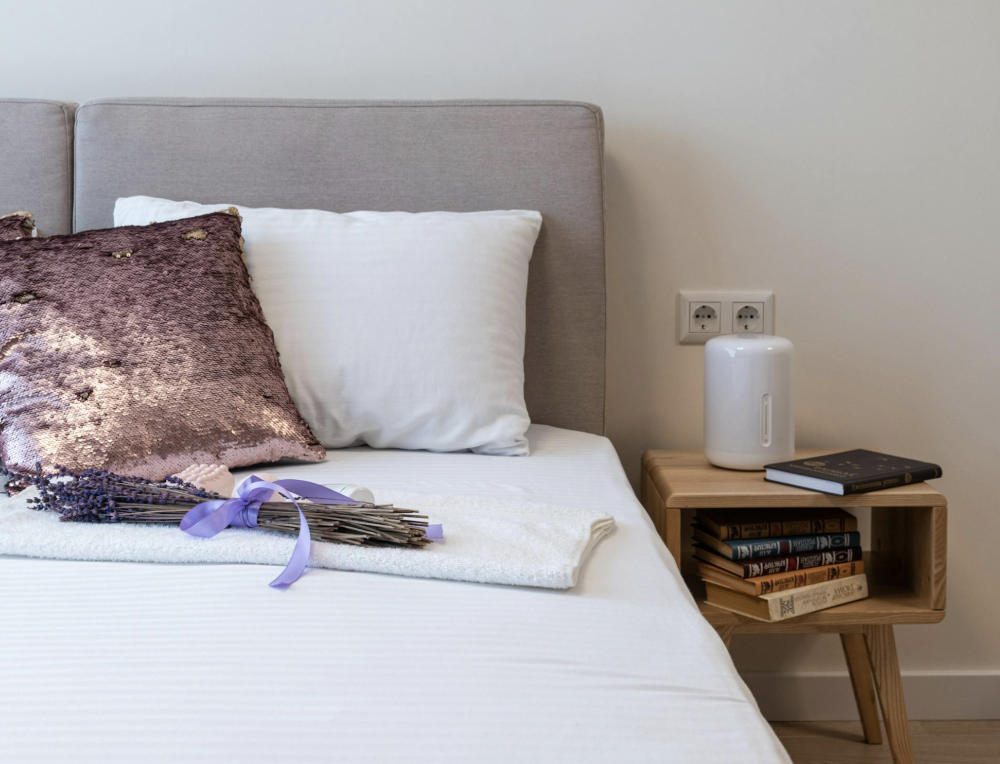
Why Choose JumboSouq to Buy Humidifiers in Qatar?
Humidifiers are not just functional, but an essential part of your household that enhances everyday comfort. In fact, it is a smart addition to your living space by creating a more balanced and comfortable atmosphere. Not sure where to find the best humidifiers for your needs? Explore JumboSouq, where you can find an extensive selection of appliances that cater to your preferences.
Along with our premium collection, what makes us exceptional is our superior customer service and seamless shopping experience. We offer a range of benefits for our valued customers, including:
-
24/7 support
-
Hassle-free returns
-
Reward systems
-
2-hour delivery
Shop smart with JumboSouq.













